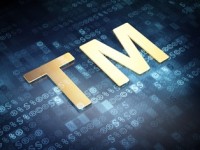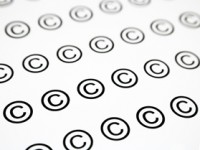Thanks to the America Invents Act, you’ll have to live with it, if your competitor submits the information on time and meets other requirements. As of September 16, 2012, persons who are not the patent applicant can file papers and make arguments to the patent examiner as to why someone else’s patent application should be […]

Patent
Google Patent Search has New Features and New Powers
Do you want to find out whether your better mousetrap is patentable? For inventors and patent attorneys, Google Patent Search is a cheap (as in free) and easy way to perform a light-weight screening search. Since 2006, Google Patent Search has allowed use of familiar word searching skills to search a database of U.S. patents […]
Whether an invention is the sort that can be patented is determined by §101 of the patent statute. That section states: Whoever invents or discovers any new and useful process, machine, manufacture, or composition of matter, or any new and useful improvement thereof, may obtain a patent therefor, subject to the conditions and requirements of […]
An Obvious Solution to a Non-Obvious Problem
Inventors and patent attorneys know that creating any invention has two parts: (a) identifying a problem; and (b), solving that problem. To protect the invention by patent, the invention must be ‘non-obvious.’ That is, if two or more prior art patents or other references when taken together teach all of the elements of a patent […]
‘Justice Delayed is Justice Denied’*
Unless the courts quickly resolve disputes, there is no justice. As former Chief Justice Warren E. Burger said: “A sense of confidence in the courts is essential to maintain the fabric of ordered liberty for a free people and three things could destroy that confidence and do incalculable damage to society: that people come to […]
Stopping a Patent
Consider the following situation: you learn that your competitor has a pending U.S. patent application for a product that you make. Any resulting patent could be disastrous for your company. What can you do to stop or limit your competitor’s application? The PTO has proposed a new rule that would allow you to notify your […]
Walmart Sponsors New Product Competition
Walmart currently is sponsoring a ‘get on the shelf‘ competition to identify new products for sale through Walmart.com and its brick-and-mortar stores. The contest rules require that applicants submit an entry form and a link to a YouTube video of the product. After the entries are vetted by Walmart, links to the YouTube videos will be placed on the ‘get on […]
Quick Patent Application Review for Green Technologies
Most inventors wait two to three years for a decision on a utility patent application by the PTO, and some wait much longer. Applicants with ample resources can pay an extra PTO fee ($2,400.00 for a small entity) for quick review. If your invention will result in a cleaner environment or reduced use of fossil […]
‘Best Mode’ Under the America Invents Act
‘Best mode’ is the requirement that a patent applicant disclose the best way that the applicant knows to practice an invention. The purpose of the ‘best mode’ requirement is to fulfill the public disclosure goals of the patent system by preventing a patent applicant from obtaining a patent while at the same time keeping the […]
America Invents Act, Part 2: ‘Prior Art’
This is the second of our newsletters to discuss the ‘America Invents Act,’ which was signed into law on September 16, 2011. The Act moves the US patent system away from ‘first to invent’ and to ‘first to file.’ So what does ‘first to file’ mean for an inventor or invention-owning business? The most important […]






